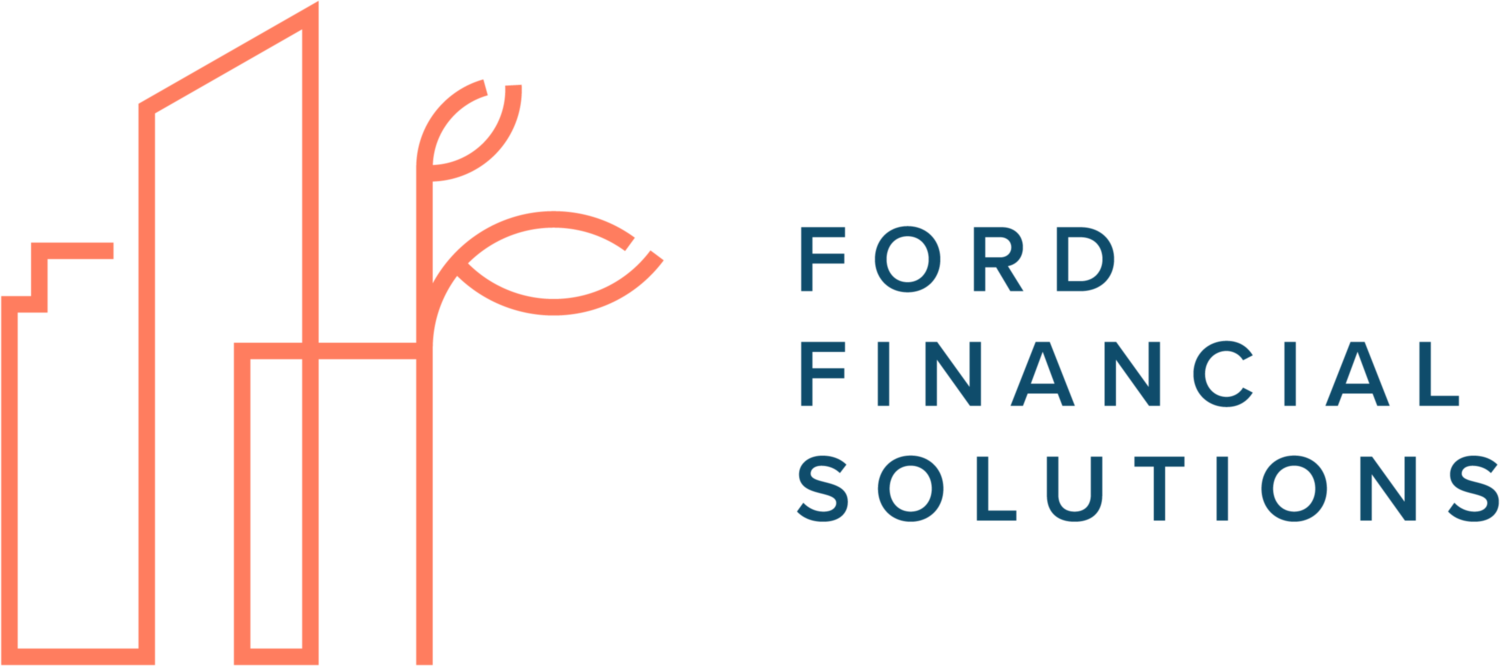By Julie Ford
As promised, I’m following up to my last post about credit basics with some guidance on how to use your credit and maintain the best score possible.
1. Routinely review your report. Review your report about once a quarter – once a year, at the absolute minimum - to make sure everything is accurate. Often times an error on your credit report will be the first indication that your identity has been stolen. (Don’t forget you can get a free look at your score through Credit.com.)
2. Always correct errors, and quickly. You report errors directly to the credit reporting agency. For example, if you’re looking at your TransUnion report, you’ll report errors to TransUnion. The easiest way to do this is online, but you can also report inaccuracies by phone or mail. Keeping your report accurate helps set you up for success for big life changes like looking for a new job, applying for an apartment, or applying for a new loan.
3. Never miss a payment. This is one of the easiest things you can do to increase or maintain a high score. Missing a payment has a very negative impact on your score, so set up automatic payments or calendar alerts.
4. Be thoughtful about opening and closing lines of credit. Don’t open a retail card at the cash register just because you’re going to get a huge discount on all of those back-to-school clothes. Having a ton of retail cards doesn’t show a great credit mix, and opening and closing cards impulsively is not an attractive quality to creditors. Every time you open a new card the length of your credit history shortens, which can lower your score. Also, accounts stay on your report for many years after you close them. In short, be thoughtful about when you open and close lines of credit.
5. Frequency and amount matter. Keep in mind that it’s good to frequently use your credit, but the amount of credit you use each month also impacts your score. For example, if your Visa card has a limit of $1,000 each month, charging close to $1,000 each month is a red flag to creditors, signaling to them (even if you never miss a payment) that you might be having cash flow problems and potentially need more credit. A good rule of thumb is to not use more than 30% of your available credit (so, $300 in our example) at any point during the billing cycle. A quick fix if you have a big month of charges is to make an extra payment in the middle of a billing cycle. If you are routinely coming close to maxing out your credit on a particular account, consider requesting an increase in your credit limit. This can generally be done online and is a relatively quick and painless process (though this might temporarily lower your score).
Managing your credit score is a little like a game: you just need to know some of the basic rules and adapt your habits accordingly.

